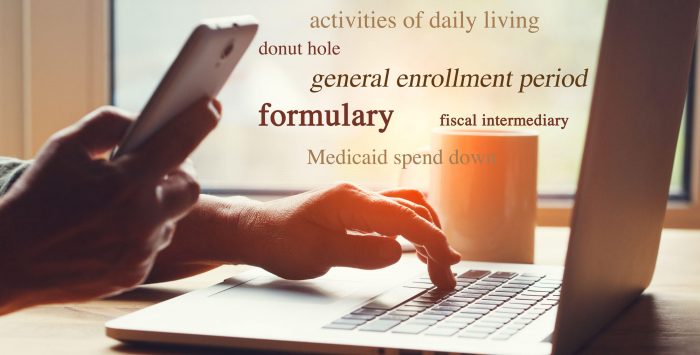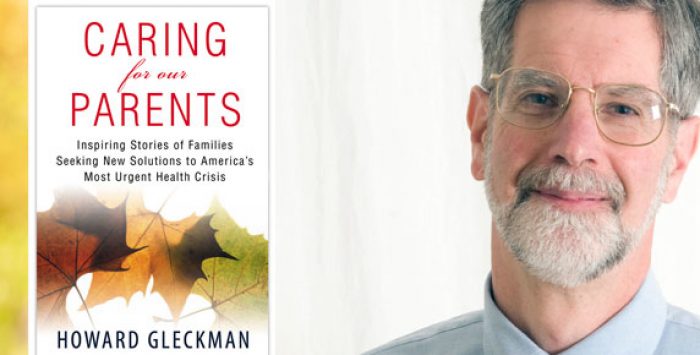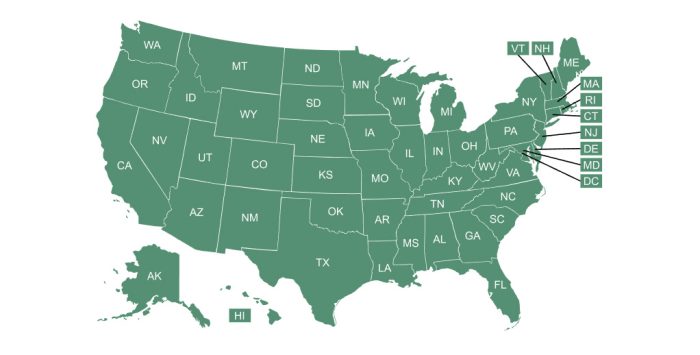What is the Community Spouse Resource Allowance (CSRA)?
Since the late 1980s, federal Medicaid law has protected the spouses of Medicaid nursing home enrollees by allowing them to keep enough resources and income so they can afford to live in the community.
Before that, the spouses of Medicaid nursing home recipients had to pay nearly all their income and deplete almost all of their assets/resources to defray expenses incurred by a spouse who was receiving Medicaid-covered long-term care. This meant that these “community spouses” – who were healthy enough to live at home – struggled to afford their mortgage or rent, home maintenance costs, and other living expenses.
Rules designed to prevent spousal impoverishment allow these spouses to retain some of their assets — jointly owned with the spouse who needs long-term care — through a Community Spouse Resource Allowance (CSRA). This means spouses no longer have to completely deplete their resources so their loved one can qualify for Medicaid.
(There is also a Minimum Monthly Maintenance Needs Allowance (MMMNA) that protects some income for the spouse who isn’t living in the Medicaid-funded nursing home. This is in addition to the assets/resources that the community spouse can keep due to the CSRA.)
How much does the Community Spouse Resource Allowance (CSRA) allow a spouse to keep?
In many states, community spouses can keep 50% of the couple’s assets due to the CRSA, up to a maximum of $157,920 in 2025. There is also a minimum resource amount of $31,584, meaning that states cannot set their resource limit for community spouses below that level, although they can set it anywhere between the federally allowed minimum and maximum value. (Note that these numbers are adjusted annually for inflation.)
The value of the primary home where the community spouse lives is not counted toward the value of the CSRA. This allows the community spouse to continue to live at home, instead of having to sell the home to pay for their spouse’s nursing home care. There are limits on how much equity the couple can have in their primary home, which vary by state. But in every state, the limit is at least $730,000 in 2025, and in some states it’s as high as $1,097,000.
In many states, these spousal impoverishment rules used to apply only to nursing home enrollees, but the Affordable Care Act required states to allow spouses of Home and Community Based Services (HCBS) enrollees to keep a CSRA. That rule was set to expire in 2018, but several short-term extensions have been implemented, extending the protections through September 2027 for spouses of HCBS recipients.
Footnotes



